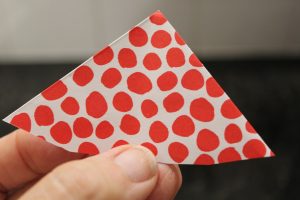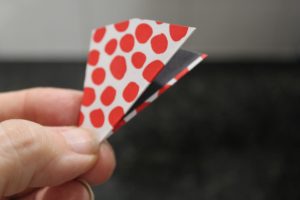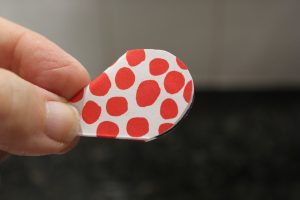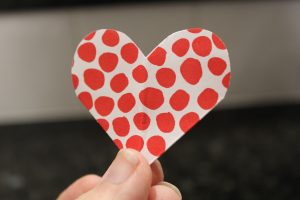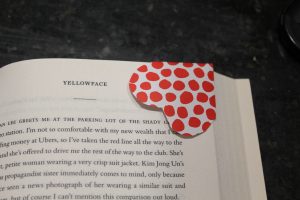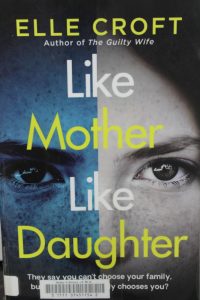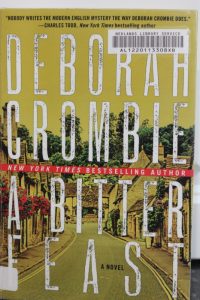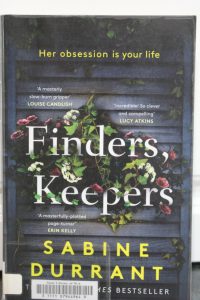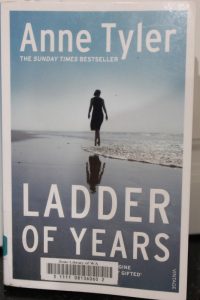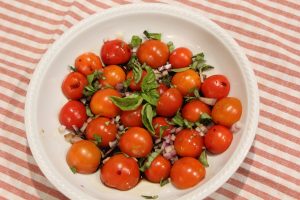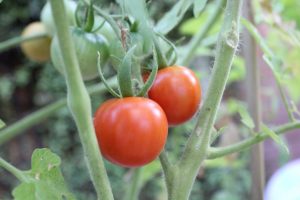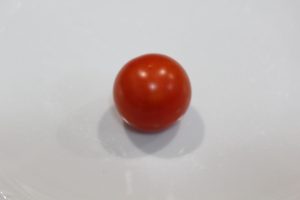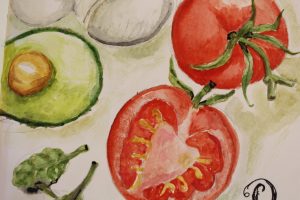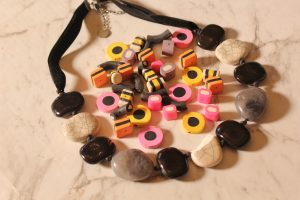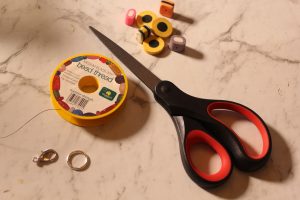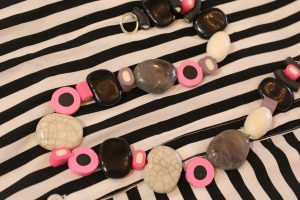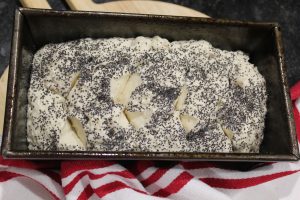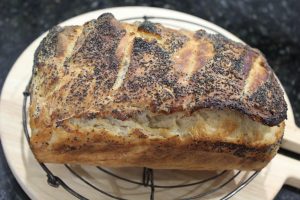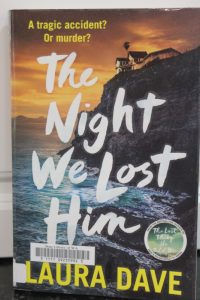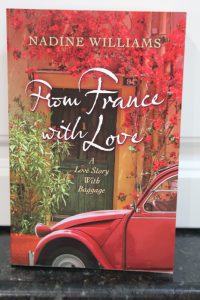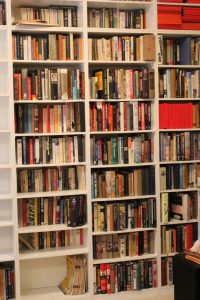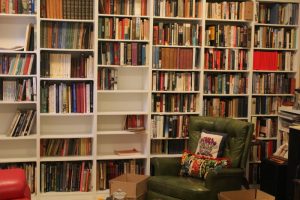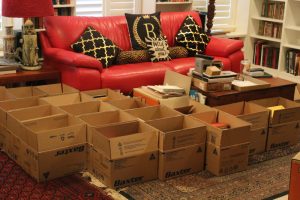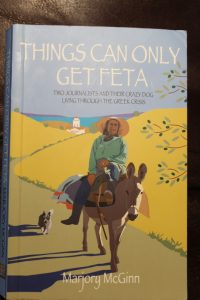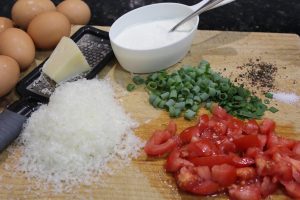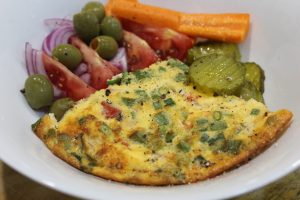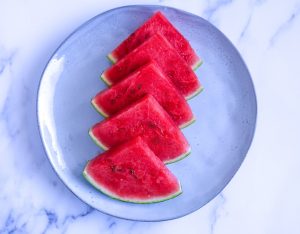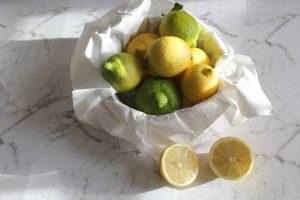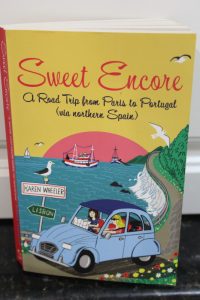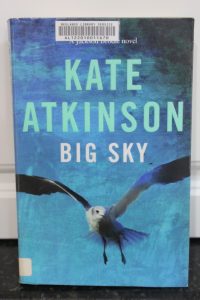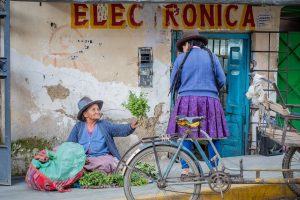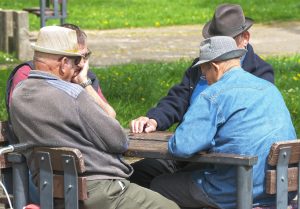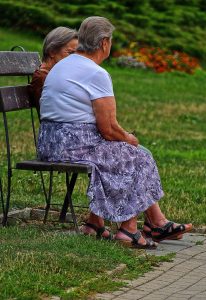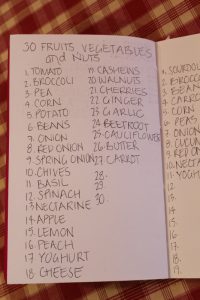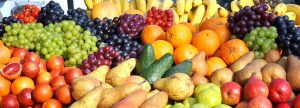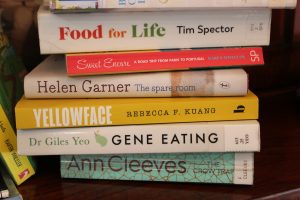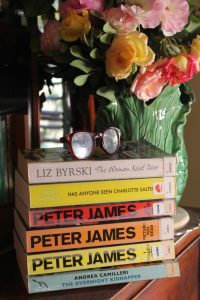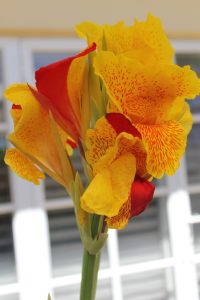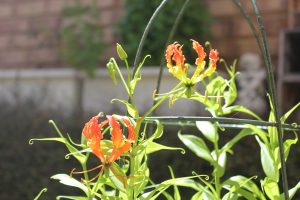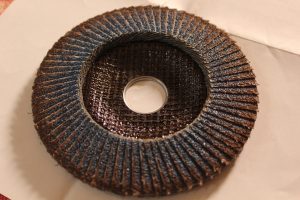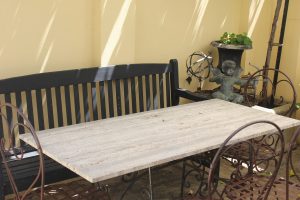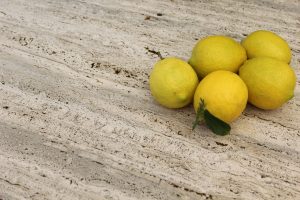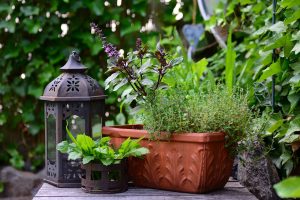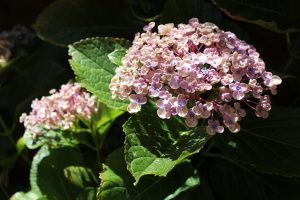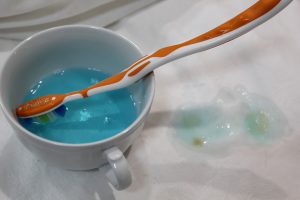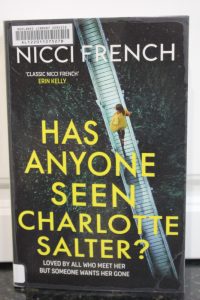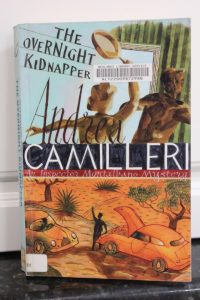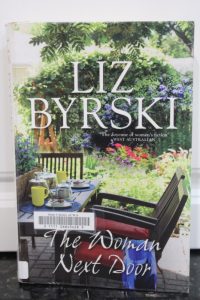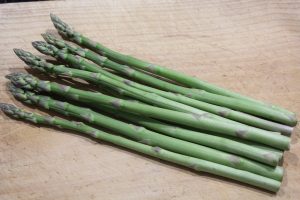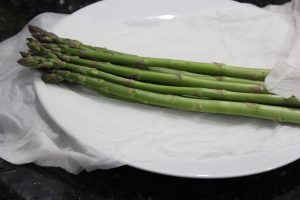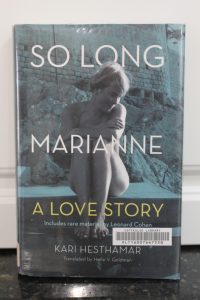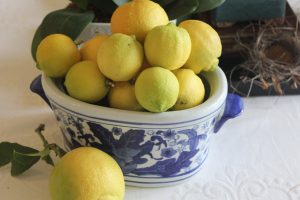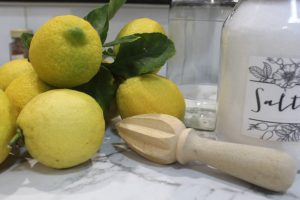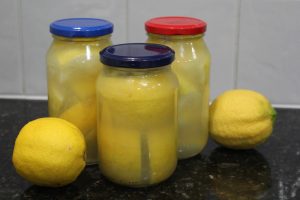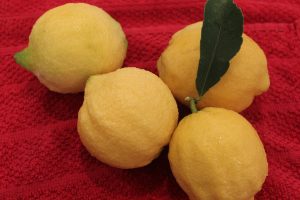gut microbiome health.
Eating 30 different foods a week, including herbs and spices, plus nuts, fruits and vegetables, is a re-occuring number mentioned by many renown scientists and doctors. A diverse diet is closely linked to a lower risk of chronic diseases, better immune function and even improved mental health. It isn’t as easy as it sounds and takes quite a bit of planning. Part of the problem is we are not a vegetarian. I do occasionally add tinned beans, chick peas and lentils to recipes but they are not our main source of protein. So fish, chicken and beef don’t count. Some plans allow eggs, some don’t, but we eat eggs regularly. Anyway, this week I got to thirty!
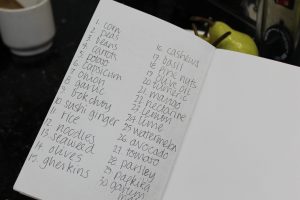

reading
Circumstances have meant I have spent a lot of time reading. I’m averaging about four books a week! Usually I read one or maybe, two, books a week. Added to that number is my usual haul of magazines, too. Now my husband has started immunology every three weeks we spend a great deal less time at the hospital.
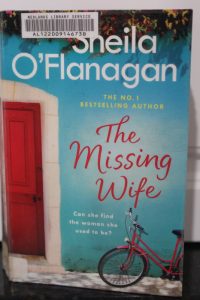

Not a murder but a cleverly crafted story about a young, dominated wife escaping her husband and starting a new life in another country. Lovely travelogue throughout France, too.
My preferred books are murders! Not always, there’s some biographies and non fiction in amongst the murders, but often I read everything available by the same author if I’ve really enjoyed their books previously. I cannot explain why I find a clever murder so relaxing and like to have one on the go to read when I go to bed.
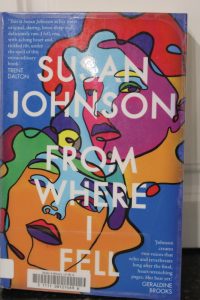

Not a murder, either but a series of emails between an Australian and American woman. They begin exchanging emails by mistake (the American has a very similar address to the Australian women’s ex-husband). A friendship develops resulting in regular contact via emails. Very engaging story with a satisfying outcome.
In January I read a book reviewer’s plan to read 100 books a year, but she quickly changed that to 80 books early in the year because her longtime boyfriend proposed and she had a wedding to plan. Valid excuse! It’s week 13/52 and I have read at least three books a week. Some I haven’t photographed nor named as they’re health books I’ve flicked through from the past, tracking specific information.
I also really like decorator magazines and subscribe to several, well, maybe five or six. I get a magazine from France, three from the UK and two Australian magazines, which sounds very indulgent, and probably is, but I don’t buy many books, preferring to borrow them from the library. If I really like a book I’ve borrowed I’ll go and buy it. If something on the cover of a magazine catches my eye, I will probably buy that, too. Apparently, regular reading assists in a healthy brain.
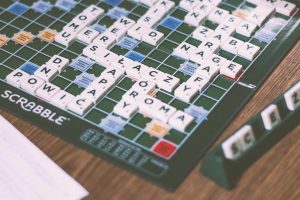

Talking to a friend about brain training activities online has also increased the number of online activities I do now. I do Wordle before I get up in the morning and now I’m doing a few other online brain training activities. When I have the time I’d like to investigate Scrabble (I haven’t played for years) and jigsaw puzzles, both recommended online for brain training. I play mahjong every week, but shy away from bridge! Some friends who play are fiercely competitive and don’t encourage chatting whilst playing.
The other behaviour recommended by brain training sites refers to social interaction. Well, this pretty easy. Unfortunately, my time is committed to other things at the moment, but that will pass.
should you wash new clothes before you wear them?
The chat around this subject really surprises me as my Mother washed everything from tea towels, to bed linen and clothes, even socks before we could wear them. So, I thought you always washed new things before using them. It’s a topic online at the moment.


Image Pixabay
Apparently, everything should be washed before they are used. This helps remove chemicals, dyes and germs resulting from the manufacturing process. Washing helps remove bacteria, fungi and parasites which are presented during manufacturing, storage and transport.
Articles based on research refer to garments tested from popular chain stores that had been tried on then put back on the rack or shelves. The research found norovirus, strep and staph and fecal germs. Scabies, lice and fungi were also found. Dyes, resins and tanning agents, such as formaldehyde, used to keep garments wrinkle free, can cause skin irritation, dermatitis and eczema.


Image Pixabay
So, my Mother was right; give everything a really good wash before you wear it! This includes bed linen, tea towels and towels. Interestingly, several articles I read suggested baby clothing, blankets and bedding should be washed and, if possible, line dried twice before use.

